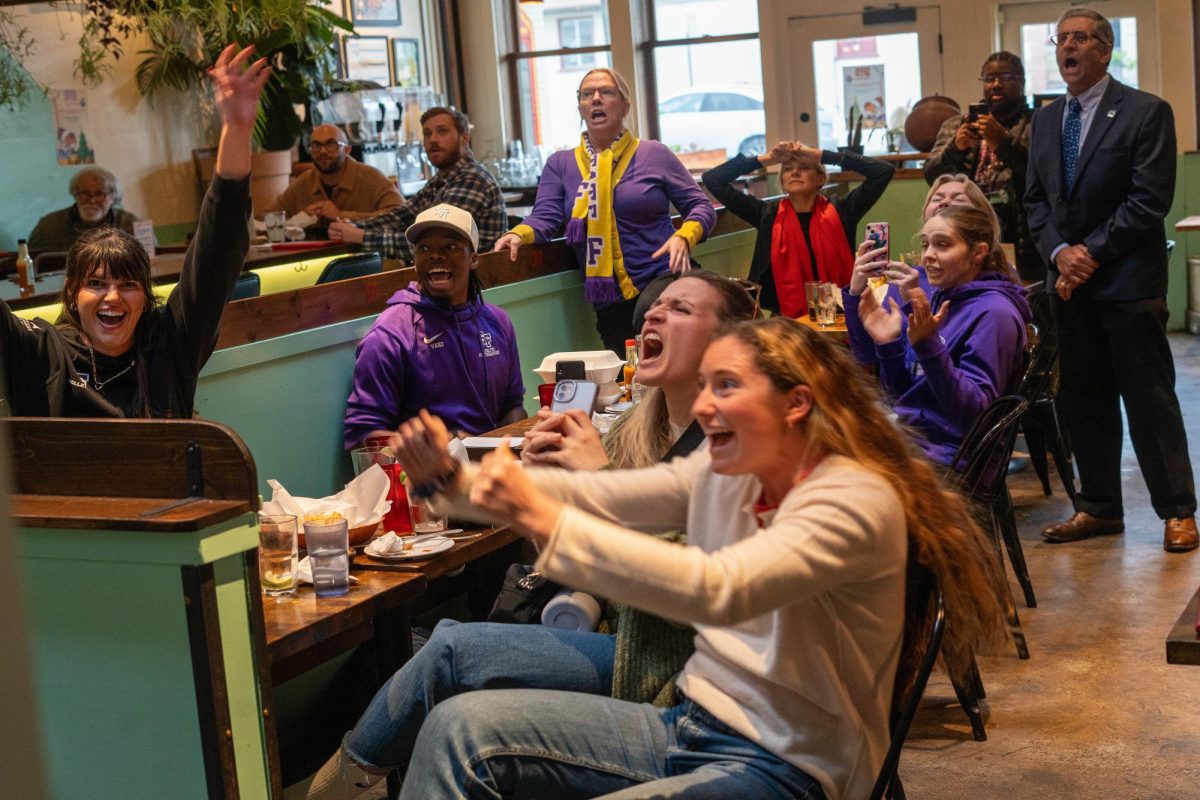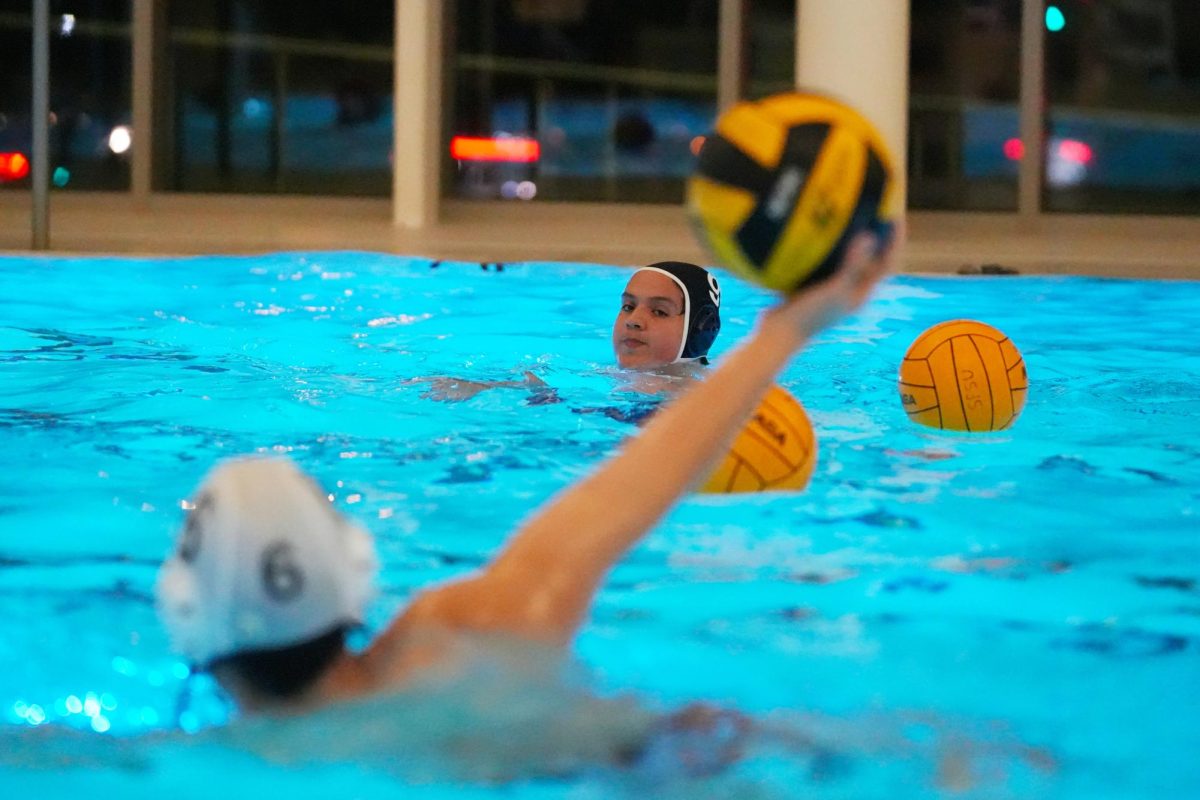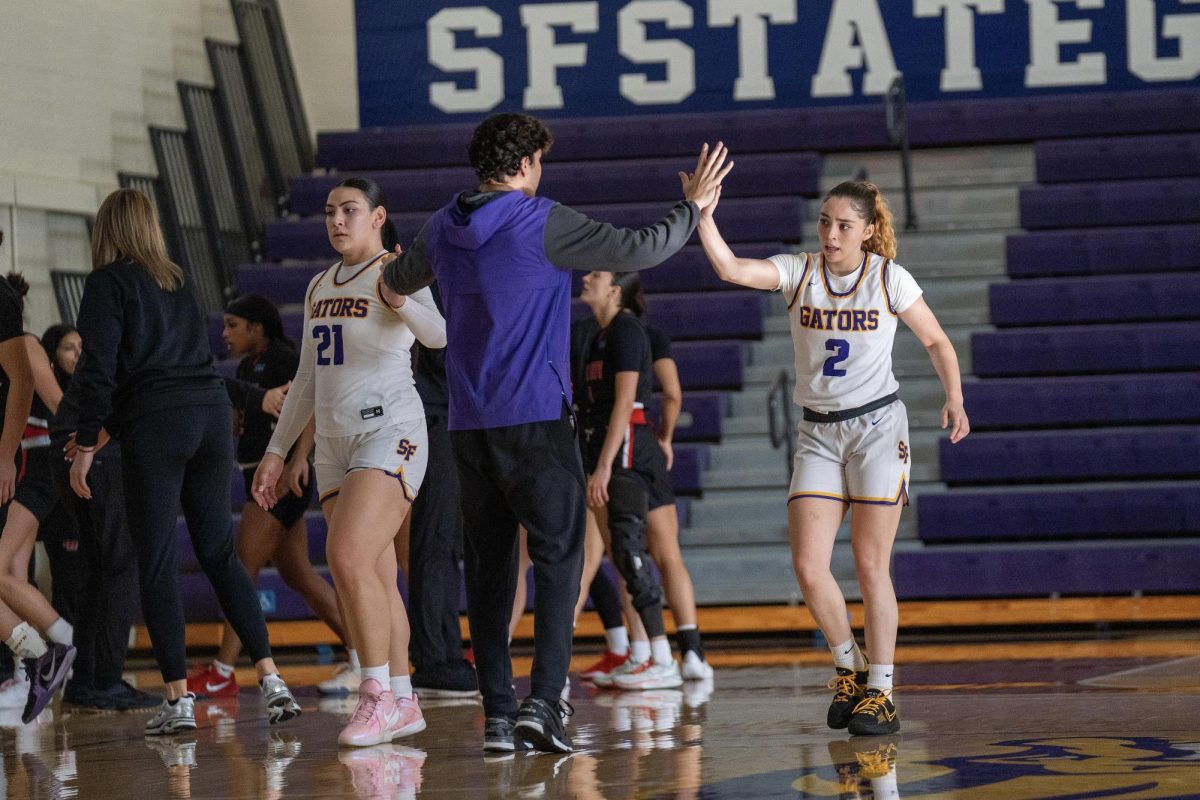Justine Hernandez scored the game-winning overtime goal in SF State soccer’s season opener September 5. By the end of October she stopped appearing in games. By January she was off the team. Hernandez was forced to quit the team in order to work full time and pay for her tuition.
“I was already on federal financial aid, but my parents could no longer support me financially in terms of rent, food and school supplies,” Hernandez said. “If I wanted to continue going to SF State – which has always been my dream – then I had to get a job and support myself.”
Hernandez was on a soccer scholarship, but the amount of money did not make much of a dent in her expenses.
“I was very fortunate and grateful to receive as much money as I did,” she said. “But in the grand scheme of things the amount only covered two months of my rent and barely purchased all of my books for a single semester.”
Plus the amount of time she had to commit to the sport left her no time to supplement her scholarship.
A standard day for Hernandez starts early and continues with a full-load of classes and work, and ends with soccer practice and homework before bed.
Justine’s story may be extreme but her situation is hardly so. SF State does not have the funds to be able to offer adequate scholarships to all of their athletes so they don’t have to have such a packed schedule.
Aside from team commitments, Hernandez can’t sacrifice her school work due to strict NCAA Division II rules that require full-time enrollment and a minimum of a 2.0 GPA.
The NCAA gives the schools a finite amount of scholarships it can offer, which is different for each sport. Due to SF State’s lack of funds, it is nowhere close to the limit.
“(Basketball) is not remotely close to their 10-scholarship limit, less than that, they are at two,” said Interim Athletic Director Bill Nepfel. “Now most of the teams in our conference are not at 10 either but most of the teams in our conference have more than we do.”
SF State was awarded approximately $357,000 in scholarships last year according to the Equity in Athletics Data Analysis, which is second to last in the California Collegiate Athletic Association, despite having the largest undergraduate population at 22,000 students.
“We just haven’t quite generated enough funds,” Nepfel said. “I think ultimately we need to find new and larger sources of revenue.”
Baseball head coach Mike Cummins said that it’s a tough sell to get kids to come play at SF State without money to give them.
“I think I have $6000 for next year, so not even tuition,” Cummins said. “It’s a matter of selling opportunities for them to play and then beating the bushes and trying to find the diamond in the rough.”
The difficulty with recruiting players, and even losing recruited players like Justine Hernandez, makes it an uphill climb for SF State to return to CCAA relevancy.
Instead of lacing up her cleats, Hernandez now spends her time working in West Portal. Despite making the difficult choice to walk away from soccer, she said that she doesn’t regret it at all.
“Leaving the team was the hardest decision that I’ve ever had to make because I love soccer so much, and I loved my teammates,” she said. “But when it came down to my personal happiness and well-being, collegiate soccer just could not provide that for me anymore. It was becoming a chore rather than something I enjoyed doing. Soccer, unfortunately, was a full-time job that didn’t pay the bills.”






